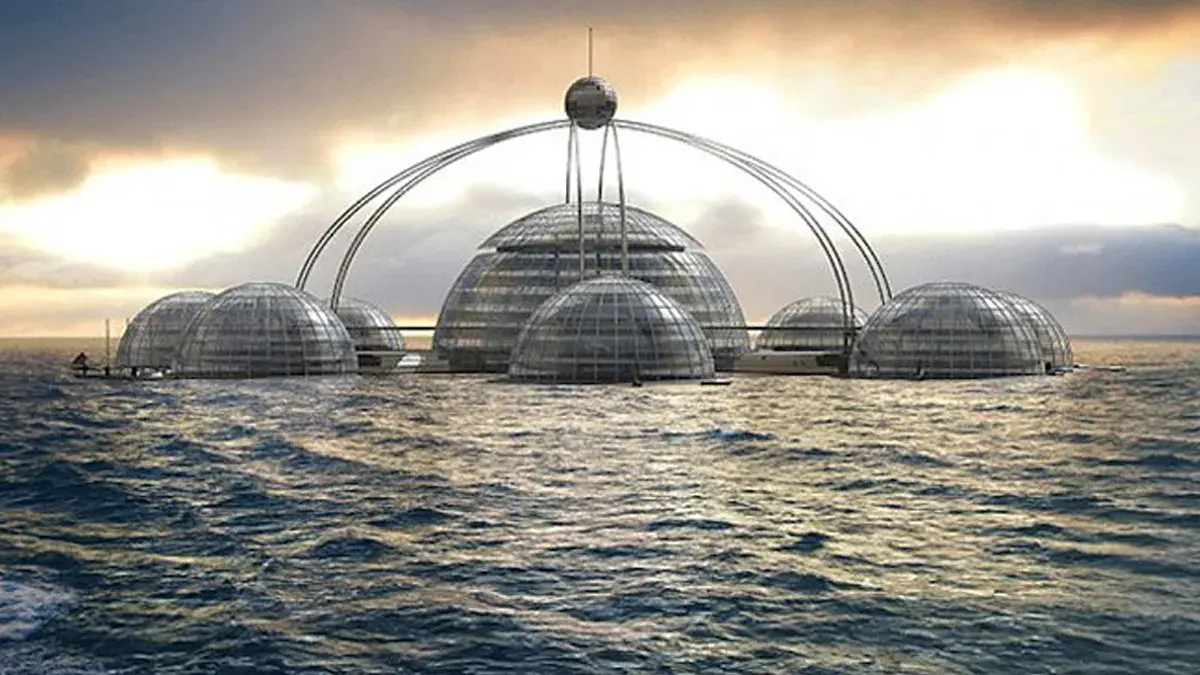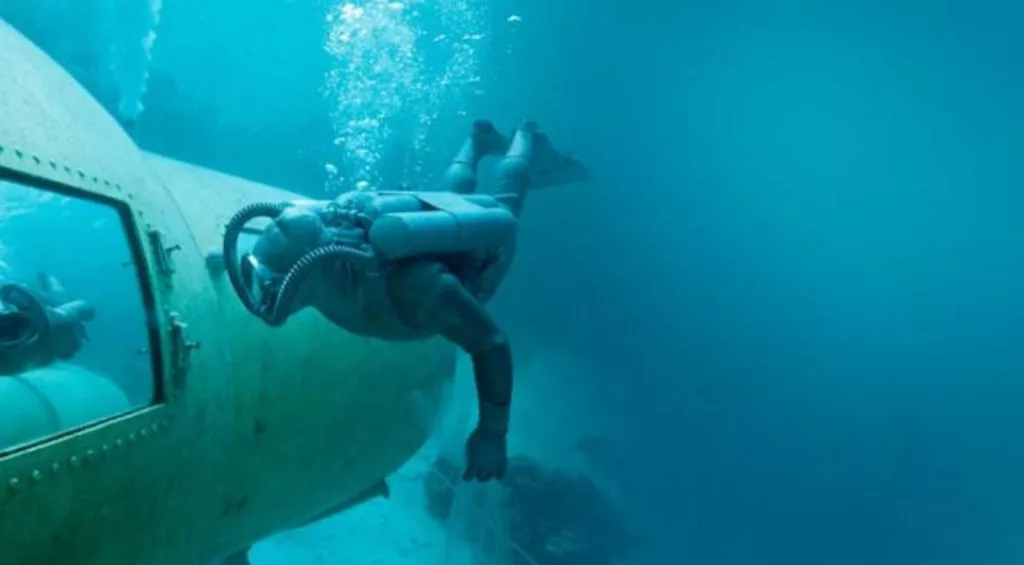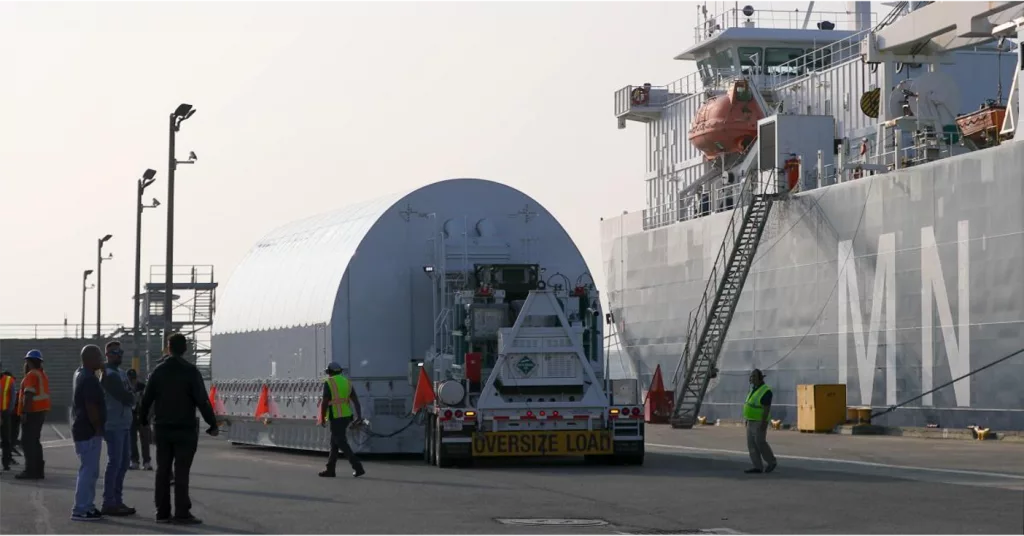
The idea of humans living in underwater cities may not be as bizarre as you think.
The idea of underwater cities was once reserved for video games or science fiction and may be a viable solution for humanity in the distant future.
But what should we know before considering such a thing?
Are you going to pack your bags, clean your apartment, and move to an underwater paradise?
Perhaps you dream of living in the fictional city of Atlantis. If it makes sense to go out and colonize Mars, the ocean is perfectly habitable and much closer to home. As you already know, the Earth comprises 71% water. This could be prime real estate for generations to come.
Living underwater poses its fair share of challenges, such as cold temperatures, extreme pressure, and a lack of oxygen. Not to mention, long-term living underwater can damage your body.
However, promising new horizons in underwater life could address these issues and make you or your future children live comfortably underwater in the coming years.
Underwater cities are not a new idea; living underwater is nothing new.

Although not as frequently promoted as some forms of space colonization, underwater life has intrigued futurists since the beginning of the 20th century. However, the famous ocean explorer Jacques Cousteau made this idea a reality, achieving it in the early 1960s.
For the uninitiated, Jacques-Yves Cousteau was a French oceanographer, researcher, filmmaker, and underwater explorer who was primarily responsible for sparking the general public’s interest in the oceans and the possibility of eventually creating underwater cities.
Cousteau was so passionate about understanding and exploring the world’s oceans that he created the famous Conshelf series of underwater habitats.

These structures allowed “ocean pioneers” to live underwater for days or even weeks at a time. Each iteration of the shelters (Conshelf I, II, III) improved over time, eventually allowing six ocean pioneers to live underwater 328 feet (100 m) below the surface.
Cousteau’s efforts to colonize the ocean laid the foundation for the future of underwater cities. Conshelf sparked a craze, and in the late 1960s and early 1970s, more than 60 aquatic habitats were deployed across the seafloor, with names like Sealab, Hydrolab, Edalhab, Helgoland, Galathee, Tektite, Aquabulle, and Hippocampe.
The depth of the colony affects everything

How humans breathe underwater and the depth of the structure are linked, dictating how the structure is constructed, and the air mixture humans will need to live in their underwater city.
First of all, it appears that humans should not build colonies deeper than 1,000 feet (300 meters), preferably at much shallower depths.
This is because pressure at these depths requires very thick walls and long periods of decompression upon returning to the surface.
At these depths, humans need to take extra measures to ensure a healthy ratio of oxygen to other gases in the air, as the body needs different air components at different pressures. Plants and artificial light can provide some oxygen, but depth, nitrogen, or helium will also be needed.
Food won’t be a problem in our flooded city
The good news is that living at the bottom of the ocean can provide humans with easy access to seafood and marine plants. Some aquanauts live underwater and can support themselves partly through spearfishing and canned and preserved foods.
More traditional meals and fresh water can be transported through tunnel systems or hoses attached to the surface.
Living underwater will give us a better understanding of the oceans

The idea of living underwater is of particular interest to scientists around the world, including marine biologists. Scientists and researchers have better maps of Mars than maps of the ocean floor on Earth. To date, humans have explored only 3% of the oceans.
Living underwater could also help scientists better understand the planet and the evolution of life on Earth. Not to mention, many resources will be discovered at the bottom of the ocean.
Experts predict the possibility of an unquantifiable amount of minerals and metals that could be used to improve humanity and even help build more underwater cities.
There are architects already working on plans for underwater cities

Shimizu Architects has already designed a $26 billion project to create an underwater city. The Tokyo-based company said its project will allow thousands of people to live comfortably underwater.
Although most of it is still just a concept, Ocean Spiral City is located below sea level off the coast of Tokyo. Thanks to its massive turbines, the city itself will be powered by waves, tides, and ocean currents, supporting those who live on the structure.
The structure will support 5,000 people, including laboratories, schools, and beautiful residential areas. The underwater city could become a reality around 2030.
The technology already exists… sort of

Currently, humans can create underwater colonies that support up to 100 people. As Stanford biology professor Ian Kubelik says, “There are no technological hurdles. You could do it today if you had the money and the need.”
Habitats built of steel, glass, and special cement are more likely to have a modular design than the more common concept of a large underwater bubble or dome.
Structures can be added or subtracted from the underwater colony to help meet the needs of the inhabitants. It is actually possible to create larger colonies underwater. Lack of interest, motivation, and funding prevents them from achieving success.
It can help preserve humanity

Hopefully, it won’t come to that, but living underwater could help save the human race in the event of a major apocalyptic event. Philip Powley, founder of London-based visual communications consultancy Powley, has designed a self-sustaining habitat that can save 50 to 100 people during a disaster.
One way to combat the growing threat of war, limited resources, or global warming may come by transporting populations underwater.
This is your portion for today.
Will you live in an underwater city? You may not have the full rapture experience yet. However, restaurants and hotels are already springing up all over the world, allowing people to experience limited life underwater. Maybe it’s more comfortable than living on Mars.








